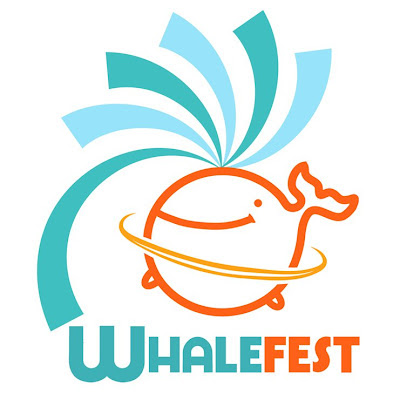Herring gulls call out
harshly from the roof of the buildings where they are nesting. Against the
bright blue sky and blazing heat of the sun the sound is quintessential of the
British seaside in summer. They are certainly not everyone’s favourite bird, stealing
the ice cream or fish and chips from right under your nose, or to put it
politely pooping on you when you are rushing for a doctor’s appointment…
 |
| The more typical view of a herring gull... |
For me every species has its
place, a part to play on this earth and every individual has a right to life even
if that means getting a little help from us.
At this time of year young
herring gulls, fully feathered but not quite able to fly start wandering over
sand, stone or roof. Roaming, but not too far, calling whenever the adults
reappear and begging for food. Sometimes these wanderings can land a youngster
in trouble, especially if they become separated from the adults.
One particularly adventurous
young herring gull ended up falling down between two buildings. Unable to fly
up the one metre or so back to the main roof, it was not clear whether the
adults were able to get down to feed the stranded youngster. After at least a
day, I climbed out, scooped up the bird and popped him back up on the roof.
There were adults around and a frenzy of noise greeted the young bird. However
within five minutes it had fallen back down. With the weekend approaching I did
not want to take the risk of leaving the bird with no source of food or water,
and so took the decision to take the bird to a wildlife sanctuary. Unfortunately
they could not come and collect, so I took Percy (named by one colleague to
prevent anything more negative happening) or Icarus (named by another colleague
for its falling ability) home until the morning when I would take it to the
sanctuary.
Ten minutes into the drive
home and the bird had pushed its way out of the box, and was perched on the
seat watching the scenery flash by, much the amusement of the young girl in the
car opposite. Alas this is not how I planned to transfer this young adventurer,
not least for the sake of my car seats. Having pulled over and returned the
bird to the box, placing a blanket on top to prevent any further acts of
Houdini, the remainder of the journey proved uneventful with only the odd toe
tapping indicating my passengers presence.
 |
| Percy or Icarus... |
An uneventful night followed
with white fish providing a tasty dinner and breakfast, before we delivered
this youngster to P.A.C.T wildlife sanctuary. Here the bird joined three other
wayward young herring gulls, where they will stay until ready for release back
at the coast…
 |
| P.A.C.T Wildlife Sanctuary near Hingham, Norfolk |


















